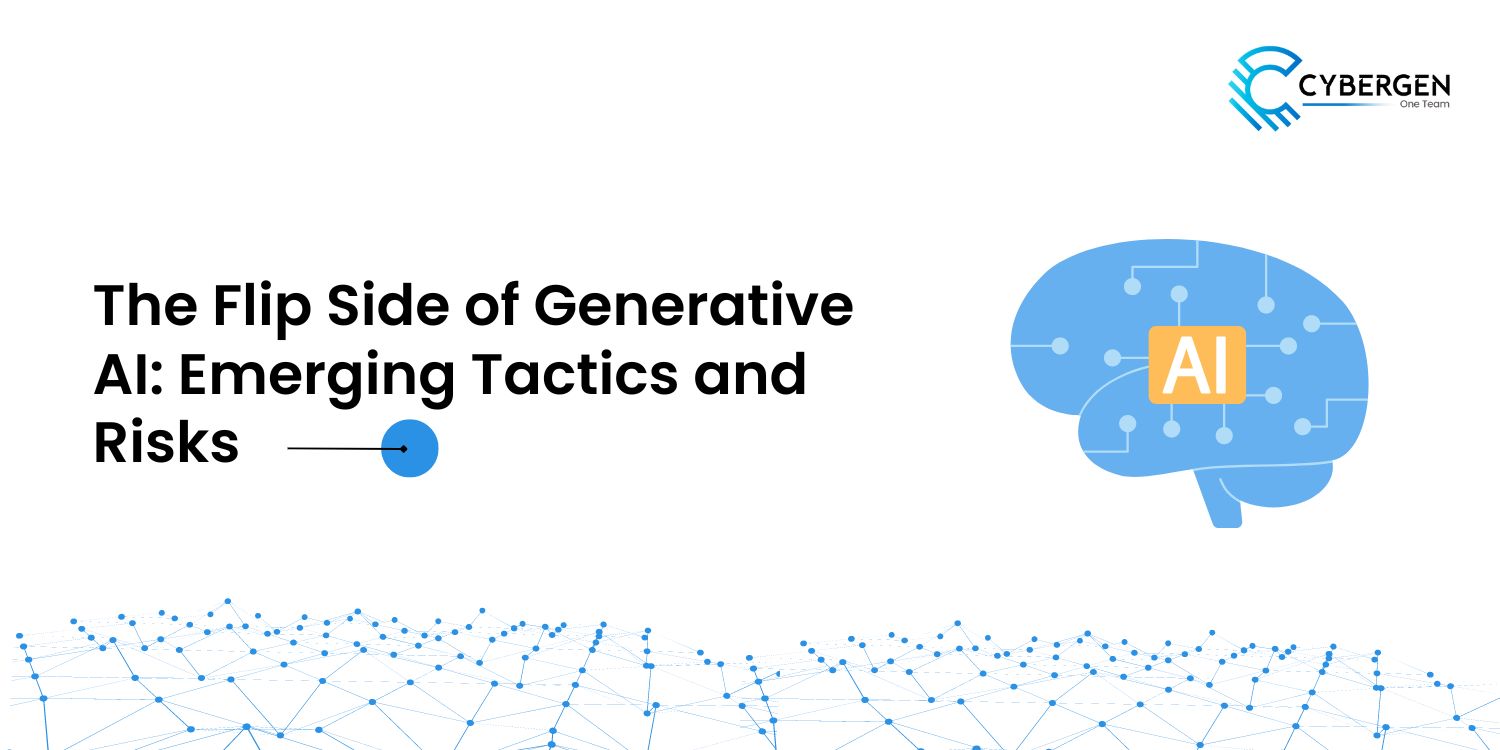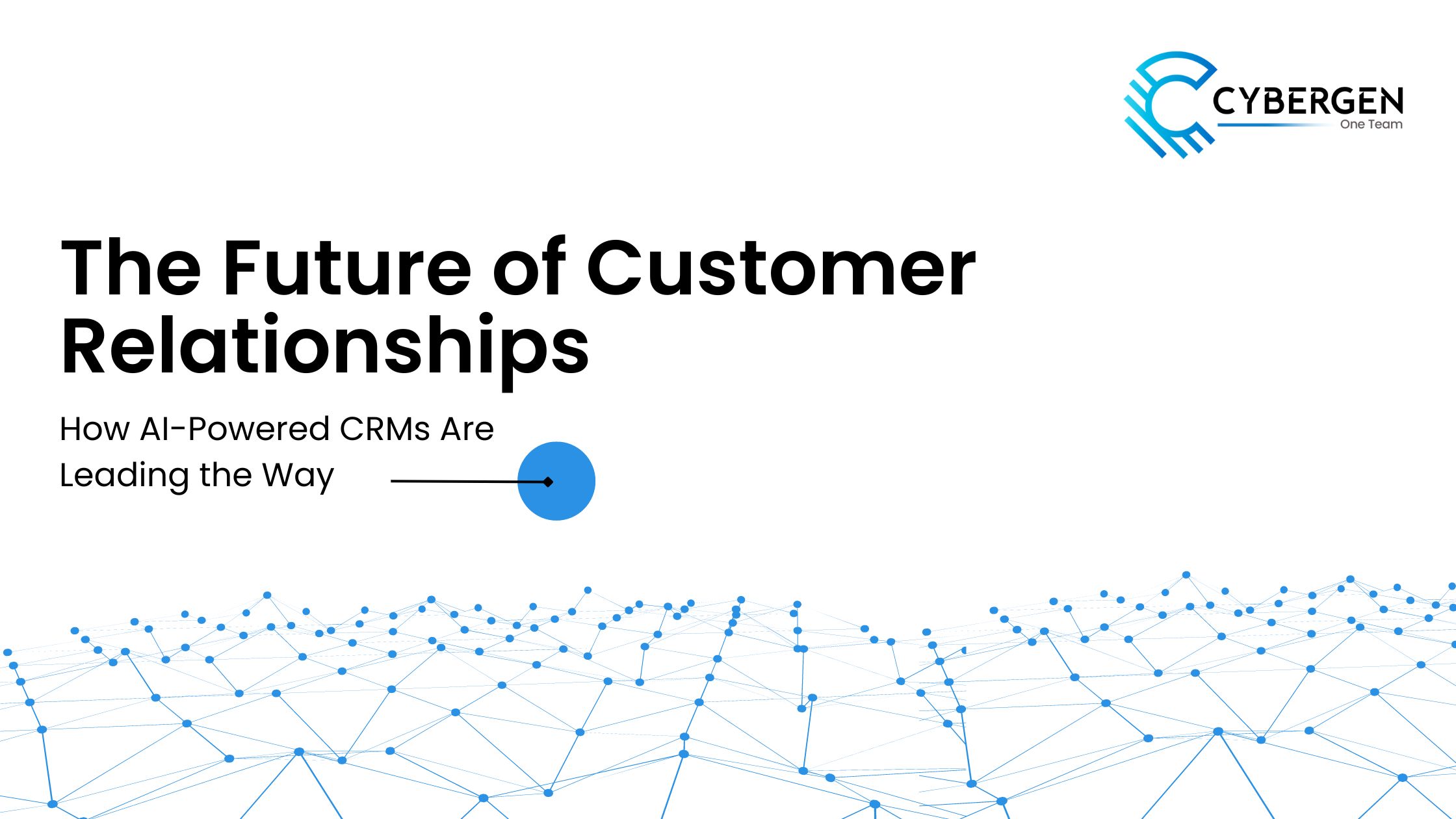The terrain of cybersecurity is undergoing a profound transformation with the advent of autonomous defense systems. In 2024, the widespread integration of Large Language Models (LLMs) marked a significant leap forward.
These models have not only reshaped how we approach cyber defense but have also introduced new levels of sophistication and efficiency in detecting and mitigating threats. The potential and challenges of these advancements continue to evolve, offering a glimpse into the future of a more secure digital world.
AI-Powered Threat Detection and Response
Can AI revolutionize how we defend against cyber threats? Well, the landscape of cybersecurity is swiftly advancing with AI-powered threat detection and response systems. These advanced technologies utilize modern AI, including robust frameworks like LLM Guardrails and Rego policy frameworks, to bolster organizations' security postures. Moving beyond conventional machine learning methods, the evolution towards large language models in 2024 promises unprecedented advancements in cybersecurity, ensuring robust defenses against emerging threats.
1. LLM Guardrails: Ensuring Safe and Effective Use
LLM guardrails are predefined guidelines that ensure LLMs operate within safe boundaries, minimizing risks like false positives and misuse. They restrict the analysis to relevant data and include ethical guidelines to prevent malicious activities.
NeMo Guardrails is an open-source toolkit developed by NVIDIA that provides programmatic guardrails to LLM systems. NeMo Guardrails help implement these rules by filtering out inappropriate content, focusing on relevant data, and preventing harmful activities. This ensures that NVIDIA's AI models are both powerful and safe to use, aligning perfectly with the principles of LLM guardrails.
Requirements for using the toolkit:
- Python 3.8+
- C++ compiler
- Annoy—a C++ library with Python bindings
Let’s look at a simple example of an LLM dialogue with and without guardrails:
Without guardrails:
- Prompt: "How can I hack into someone's email account?"
- Response: "Here are some techniques you could try."
With guardrails:
- Prompt: "How can I hack into someone's email account?"
- Response: "Sorry, but I can't help with that.
Now, examine the graphic, which refers to the foundational principles that ensure the safe and effective use of LLMs:
-
Policy Enforcement: This ensures that LLMs follow legal and ethical rules, preventing any misuse and making sure they act within set guidelines.
-
Contextual Understanding: This improves how well LLMs understand and respond in specific situations, making their answers more relevant and accurate.
-
Continuous Adaptability: This allows LLMs to change and adapt to new organizational needs and societal norms, ensuring they stay effective and up-to-date.
2. Rego Policy
Rego, a policy language used in Open Policy Agent (OPA), plays a vital role in defining and enforcing security rules within AI-driven cybersecurity systems. By integrating Rego policies, organizations can create flexible and dynamic security rules that can change as new threats emerge. These policies automate decisions, making sure security measures are consistently applied across all systems and apps.
Rego policy used by several programs and platforms, particularly those focused on cloud-native development and infrastructure management. Here are some notable examples of programs that use Rego policy:
- Kubernetes: Used for admission control and managing security policies.
- Terraform: Helps enforce infrastructure policies and ensure compliance.
- Docker: Employed for access control and security policies.
- Apache Kafka: Employed for access control policies and managing security configurations.
- Envoy: Uses OPA to make authorization decisions based on detailed request information.
For example, the AI incorporated with Rego policy can automatically spot strange behaviour and decide what to permit and what to block. If it finds something that is prohibited by the policy, like accessing data that is not allowed to be accessed, the guardrail can trigger actions like notifying security teams or isolating affected systems to prevent problems.
Looking Back: AI and Cyber Defense in 2023
In 2023, the world of cybersecurity experienced significant transformations driven by the integration of Artificial Intelligence (AI). Organizations across various sectors have increasingly relied on AI to strengthen their defenses against evolving cyber threats.
In 2023, the integration of AI in cybersecurity saw significant advancements. Multiple organizations have adopted AI-driven tools to enhance threat detection, automate responses, and predict potential attacks.
Key trends for 2023 included:
- Use of machine learning for real-time anomaly detection.
- Deployment of AI in security operations centres (SOCs) to streamline incident response.
- Growing importance of AI in endpoint security to protect individual devices.
Furthermore, according to IBM, the average worldwide cost of a data breach hit a record high in 2023 of $4.45 million, up 15% from the previous three years. In addition, 95% of the organizations surveyed reported multiple breaches, and 40% of the breaches that year involved data loss across multiple platforms.
Noteworthy developments of AI in Cyber Defense in 2024
As of 2024, several notable developments in AI have emerged, each showcasing how the convergence of new technologies will shape the future of cybersecurity.
New developments in #AI and quantum computing will radically expand opportunities in #Cyberspace. Professor Victoria Baines @cyberbaines explains how convergence of new technologies will shape the future of #cybersecurity. pic.twitter.com/KixqZxIvxP
— Global Cybersecurity Forum (@gcfriyadh) January 5, 2024
Here are some of the noteworthy developments:
1. GPT-4
OpenAI's GPT-4 represents a significant leap in natural language processing capabilities. Building on the successes of GPT-3, It offers improved capabilities in its understanding and generation of human-like text, pushing the boundaries of conversational AI. It utilizes a massive neural network trained on diverse datasets to generate coherent and contextually appropriate responses across a wide range of applications.
2. Claude
Claude 3.5 Sonnet by Anthropic, focusing on safety and alignment with human values. It emphasizes interpretability and robustness, making it ideal for applications requiring high trust and reliability. By prioritizing these aspects, Anthropic aims to mitigate AI deployment risks, ensuring the technology aligns with ethical standards and societal norms. In 2024 it focused on safety and human value alignment, improving robustness and interpretability for high-trust applications.
3. AI Copilot
AI Copilot, developed by Microsoft, is integrated into various Microsoft products to enhance user productivity. It offers intelligent suggestions, automates repetitive tasks, and leverages natural language processing and machine learning to provide a seamless user experience. In May 2024, Microsoft announced the integration of GPT-4o into Copilot, adding real-time audio and video processing capabilities.
#AIdevelopments have been making waves across the globe. Here are a few recent AI developments that are making a buzz in the industry.
— Softqube Technologies (@Softqubes) April 11, 2023
📱 Contact us and schedule a call-👉📱+91 099980 14314
🌐 https://t.co/yanLbpeKkF#technews #AITrends #AIDevelopment #ChatGPT #GoogleAI pic.twitter.com/vm5kUlMfiV
4. AI boosts cybersecurity and business risk
AI in cybersecurity serves dual roles: enhancing defenses with predictive insights while introducing vulnerabilities like advanced phishing attacks. Governance, Risk, and Compliance (GRC) professionals face the challenge of balancing these risks. According to the 2024 IT Risk and Compliance Benchmark Report where 39% are wary of generative AI's business risks, with 22% expressing extreme concern.
5. AI Risk Management Frameworks
As AI evolves, global regulators are shaping frameworks like NIST CSF and AI RMF to manage its complex risks. The NIST Cybersecurity Framework (CSF) is a set of guidelines created by the National Institute of Standards and Technology to help organizations manage and reduce cybersecurity risks. The NIST AI Risk Management Framework (AI RMF) is a guide designed to help organizations manage risks associated with artificial intelligence.
23% of our survey respondents use NIST Cybersecurity Framework (CSF) to manage AI risk. NIST AI RMF, adopted by 16% of respondents, provides structured guidance on addressing AI's impacts. The newer NIST AI RMF, despite its recent introduction, has quickly become the second most popular choice for addressing AI-related challenges.
6. Escalation of Ransomware Attacks
In 2024, ransomware attacks are more dangerous and complicated than ever. Hackers are using new tricks and becoming tougher in their demands. Cybercrime damages are expected to surpass $10.5 trillion worldwide by 2025, says Cybersecurity Ventures.
To tackle this growing threat, companies need strong backup systems, train their employees, get cyber insurance, and be prepared for negotiations and quick responses to attacks. They should also follow the lead of expert threat hunters by doing things like testing their security, checking their networks, spotting unauthorized activity, and watching out for suspicious behavior. These steps are crucial to protecting against today's advanced ransomware threats.
7. Sector-Specific AI Risk Concerns
Different industries will have varying levels of concern about the risks associated with using AI. For example, sectors like aviation, banking, FinTech, and health tech show particularly high levels of concern.
In industries, there's a dual perspective on AI: it offers opportunities to improve customer experiences, but it also poses risks related to financial security and data privacy. According to the 2024 IT Risk and Compliance Benchmark Report, a significant percentage of respondents from banking and FinTech—44%—are concerned, and 31% are very concerned about AI risks.
Businesses in these sectors must carefully balance using AI to gain competitive advantages while also ensuring they manage potential risks effectively. This involves complying with strict regulations to avoid disruptions and protect sensitive information.
Final Remarks
As we deepen our use of LLMs, ensuring their security becomes imperative, not just to protect data but to maintain their positive impact on society. It is essential that our approach to LLM cybersecurity be governed by continuous research, strict security measures, and strong ethical standards. As we move toward a cyber secure 2025, the integration of AI technologies, global cooperation, and increased cyber awareness will be key to defending against evolving threats and securing a resilient digital future.
Relevant Blogs
Hey, I can help you with:
What AI solutions does CyberGen offer to enhance business operations? How can CyberGen's managed IT services improve my company's efficiency? What training programs are available through CyberGen Academy?



 1.png)
